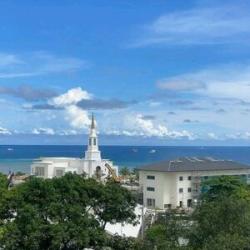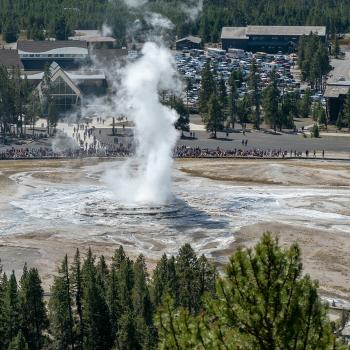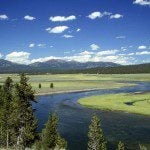
A thought from an uncompleted manuscript:
Near-death experiences, while they do not directly demonstrate the existence of God, strongly seem to suggest that the universe is the kind of place in which it makes abundant sense to believe that God exists. The actress Jane Seymour would surely agree. She says that her experience “confirmed her belief in God.”[1] As one man, who survived a major automobile accident, told the Gallup researchers, “I now know, without a shadow of doubt, that God . . . does exist.”[2] Sigmund Freud’s former disciple, the illustrious Carl Gustav Jung, certainly thought so, as well. In a BBC interview, Jung, who, as we have seen, had himself undergone a near-death experience, was asked if he believed in God. “I don’t believe,” he responded. “I know.”[3] “I no longer have merely a belief in God,” says another NDEr, “rather, I know that He lives and I know His voice.”[4] Statistical data indicate that near-death experiencers, as opposed to those who have been near to death but recall no NDE, tend very clearly to become more religious after their return.[5] University of Connecticut psychology professor Kenneth Ring, says of himself himself that he “grew up a deracinated Jew” and “irreligious.” Yet, reflecting on what had by then been twenty-two years devoted to intensive academic study of NDEs, he remarked in 1999 that
I found that the atheism of my younger years was insupportable and, mirabile dictu, I no longer had any doubt about God’s existence and in fact came to believe that God was intimately involved in the orchestration of NDEs. . . . God’s fingerprints are all over this phenomenon.[6]
[1] Ritchie, Death’s Door, 47.
[2] George Gallup, Jr., with William Proctor, Adventures in Immortality (New York: McGraw-Hill, 1982), 128.
[3] Cox-Chapman says that this interview occurred in the 1970s. But Jung died in 1961. Perhaps it was published somewhere in the 1970s . . . For a critique of the adequacy of Jung’s approach to religion (well-founded, in my opinion), see Jones, Degenerate Moderns, 198-207.
[4] See Lee Nelson and Richard Nelson, Near Death Experiences, vol. 4 (Springville, UT: Cedar Fort, 1994), 169.
[5] Ring, Life at Death, 159, 163, 171, 173, 185.
[6] Kenneth Ring, “Foreword” to Arvin S. Gibson, Fingerprints of God: Evidences from Near-Death Studies, Scientific Research on Creation, and Mormon Theology (Bountiful, UT: Horizon, 1999), 18, 20. Ring’s self-description is to be found on pages 17 and 19.
Posted from Newport Beach, California











